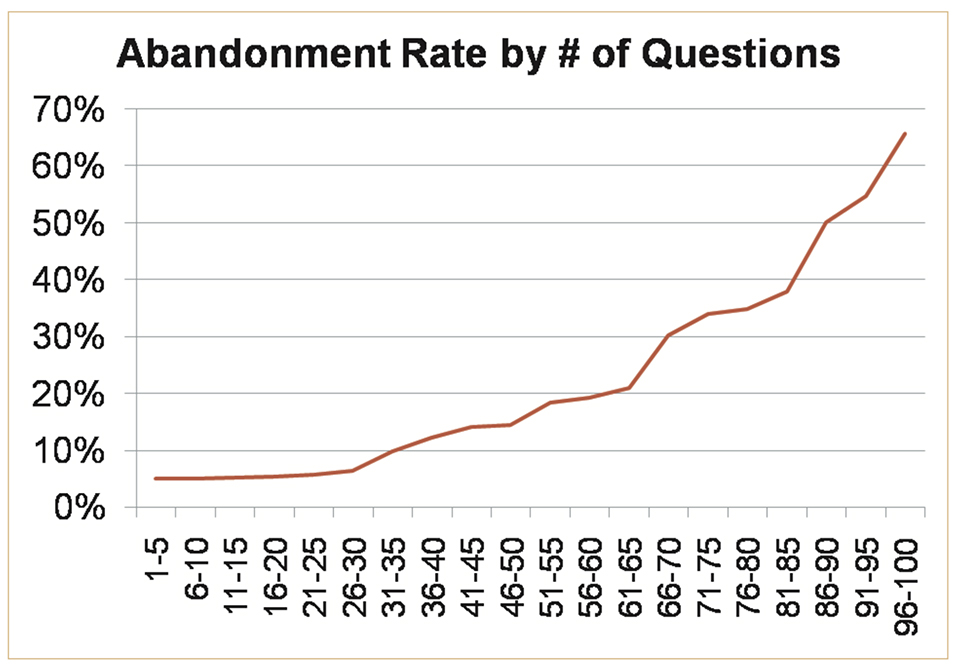Employee surveys are so important, and the more accurate the better, so here are six awesome tips to improve survey response rates.
We all agree that employee surveys are a great way for organisations to get valuable feedback from their most important stakeholders – their employees. We also know that higher response rates lead to more accurate survey results. Anything less than a response rate of 70% really isn’t doing your company justice.
Unfortunately for some companies, their low response rates can be badly reflective of the entire team. With this in mind, here are six tips to get the most responses from your employee surveys.
Explain why employees should complete these surveys
It’s important that everyone being asked to complete s survey, understand why they are being asked to complete it. Explain that their feedback is valuable to management, and that their opinion truly counts. If this doesn’t ring true, then it may be wise not to do an employee survey to begin with.
Employees, like anyone, really need to understand the ‘why’ in order to effectively engage with an activity. Otherwise, they will just consider completing a survey as a non-essential chore.
Keep your survey short
According to research, survey abandonment increases with every question asked. In the event a survey is mandatory, responses for longer surveys can’t be treated as being truthful, as respondents often attempt to rush through the questions to finish.
For improve survey response rates, ask a maximum of ten questions.
The shorter the survey, the better the response rate, as this graph from the research results of the Vovici study proves.


Survey Abandonment Rates. Source: Vovici.
This study shows a direct correlation between the number of questions and the rate of survey abandonment. In their research they state that ideally, a survey should have less than 10 questions to have the highest rate of success.
According to a research report by Oracle, surveys should have more than 3, but less then 12 questions.
Studies show that if you want to prevent abandoning your survey, it should consist of 3 to 12 questions.
Best Practices for Improving Survey Participation, Oracle, 2013
Remove mandatory text fields
This sounds obvious to anyone who has studied response rates, but needs to be reiterated. Studies show that mandatory text fields (that is, requiring written responses) has a negative effect on response rates.
You should look at removing questions that force a respondent to provide a written answer. If you do encourage written responses, ensure people understand they are optional, and can be skipped.
Ideally, a survey should have less than 10 questions to have the highest rate of success.
Improve survey response rates on devices
At the MRA Corporate Researchers Conference in 2015, research was discussed which shows that survey senders can now expect up to 40% response on smart phones. This percentage will likely continue to increase in coming years.
The increase in smart phone penetration amongst people, means that these devices will become the primary tool to respond to surveys within the next few years.
Keep consistent timing
By sending your survey at the same time, day and frequency, you quickly create a team wide habit, which encourages employees to expect the poll to arrive at the same period of time.
By making employee surveys a habit within an organisation, employees quickly adopt a behaviour of completing them efficiently and with honesty.
Use one reminder email to the survey invitation – doing this has an average of 15% more survey responses.
– IBM Innovation Centre, Canada, 2003.
Share the results with your team
The best method to ensure you improve survey response rates in the future, is to share the current results with your team.
This need not be a detailed report to all employees, it could be as simple as giving the details of one question, or indeed your overall average team mood score.
In Summary
To improve survey response rates, follow these six simple steps to ensure a better insight into your team.
- Explain why employees should complete these surveys
- Keep your survey short
- Remove mandatory text fields
- Allow for responses from phones
- Keep consistent timing
- Share the results with your team
All the best of luck with your next employee survey!




